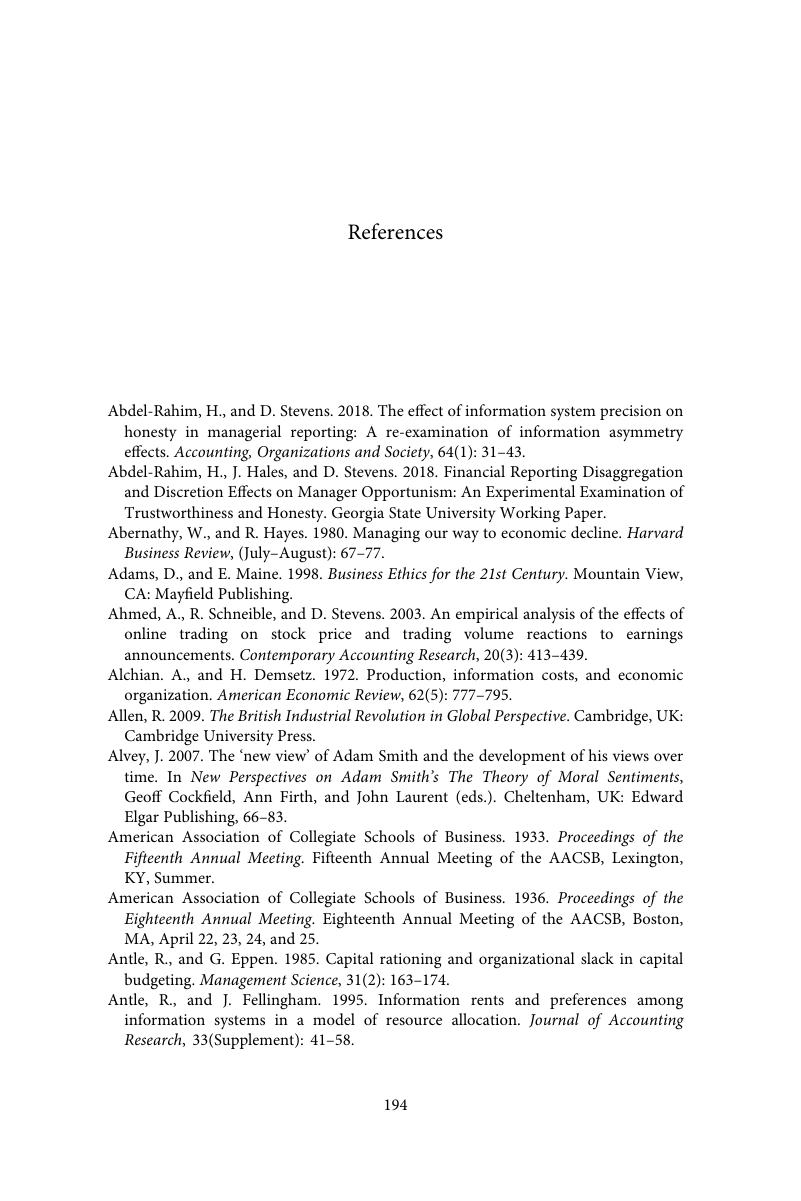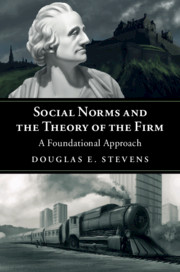References
Published online by Cambridge University Press: 11 October 2018
Summary

- Type
- Chapter
- Information
- Social Norms and the Theory of the FirmA Foundational Approach, pp. 194 - 210Publisher: Cambridge University PressPrint publication year: 2018



